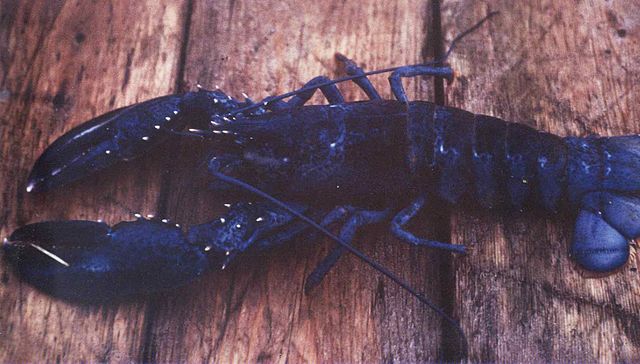An audit has revealed that a blue lobster dinner in honor of King Charles III during a September 2023 visit cost France €450,000 ($486,900 at 2024 rate).
The dinner, at the Palace of Versailles west of Paris, included lobster, crab, premium cheese and drink galore.
President Emanuel Macron’s Elysée hosting venue overlooked the economic pinch and shared lavishly despite advisory warnings.
Just two months earlier in July, Macron had received India’s PM Narendra Modi at the Louvre Museum and spent €412,000 ($445,619).
With the King Charles reception straining the purse further, the 2023 presidential expenditure notched 14% over that of 2022. In contrast, Macron’s presidency upped the national revenue by 6.5% in 2023.
But that did not matter during Charles’ visit, where catering alone cost €165,000 ($178,464), while drinks such as champagne cost €40,000 ($43,264).
Also topping the budget was classy cheese that included French comté with rose macaroni cookies boasting a superb berry mix.
Blue Lobster Dinner a Rare Treat
Interestingly, that same September, fishmongers off Saint-Gilles caught and released a rare blue lobster instead of turning it into dinner. They attributed their decision to the fact that finding a blue lobster is a 1-in-2-million chances occasion.
Had the fishermen sold it, they could have earned 2 to 10 times what a conventional rock lobster costs.
While a common lobster in France retails at less than $30 a kg, blue lobster rakes in least $64 per kg. However, it often auctions at $500 to $1,000 per lobster though it weighs just 1/3 of a pound.
The domestic source of the prized lobster is the northwestern coast of France in Normandy, across the English Channel. Fishermen here call their rare catches just “Breton lobster,” which designates the northwestern France’s region of Brittany.
Once the boatmen have caught the shellfish, they ship it to a designate client, usually a restaurant at top dollar. The restaurant then serves the lobster grilled with French ingredients including butter, ginger mayonnaise and brioche (a round sweet yeast bread).
It is no surprise then that the September blue lobster dinner at the Elysée was one worthy of a king. And as the statistics below reveal, France produces small tonnage of lobsters in general but is a high consumer of these shellfish.
France Lobster Statistics
In 2017, France ranked the biggest seafood market in the European Union, worth $5.5 billion, according to USDA. Though lobster in France commands less market sales than oysters, tropical tuna, mussels and trout, it nevertheless enjoys high consumption. Between 1993 and 2005, France averaged between 350 and 500 tonnes of lobster production per year. The best year during this 12-year period was 1996 at 500 tonnes while the lowest was 1997 at 271 tonnes. The period’s consumption outstripped production and peaked at 10,000 tonnes in 1999, with an average of over 7,000 tonnes per year. Given this consumption-production imbalance, France is among the top importers of lobster. Customs report for 2014 shows that the country imported 8,696 tonnes of lobster worth $181.1 million, the 4th biggest worldwide.
How high is lobster consumption per capita in France?
According to USDA data, shellfish (oysters, mussels and lobster) consumption in France was at 6.5 kg per person per year in 2014. This marked a 22% decrease from 2012’s 8.3 kg per capita.
How are lobster prices in France?
According to the Food and Agriculture Organization (FAO) data, France exported lobster in 2014 at the European price of $14 per kg. This was lower than that of North American and Caribbean lobster imports to France at $16 and $30 a kg respectively.
Where does Breton blue lobster come from?
Also known as the “petit bleu,” Breton lobster or French blue lobster comes from the Brittany and Normandy coasts in northwest France.
